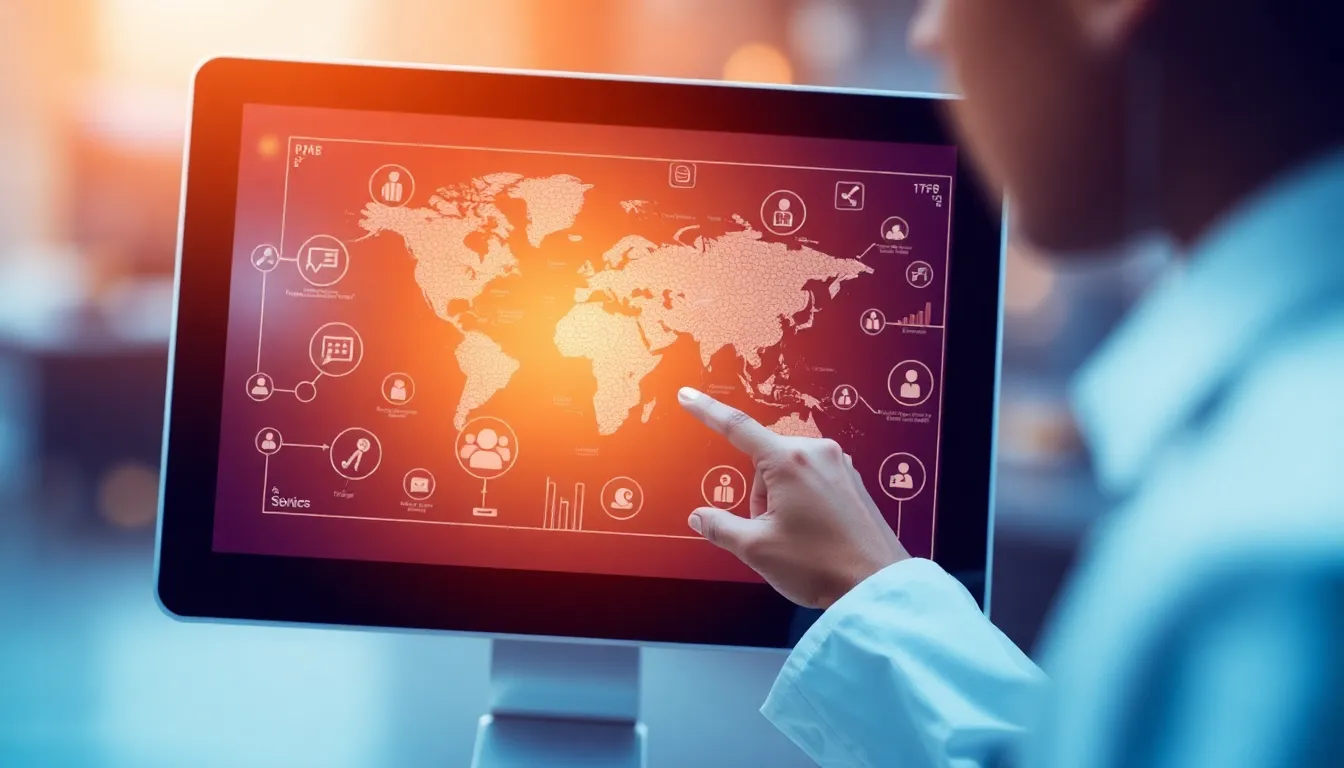Health systems worldwide are increasingly using data to improve the patient’s results, make operation more efficient and reduced costs. Real -time intelligence, controlled data, transforms the medical environment by providing knowledge that can inform about decisions and improve care provision.
But how is the power intelligence data in real time in the health system? This article will explore some of the concepts of these factors.
Electronic Health Records (EHRS) and Data Integration
The basis of real -time intelligence in health systems is to integrate electronic health records (EHRS). EHRS contains sets of information including medical history, medicines, allergies and test results. Understanding such data would be supervised by the Ironics Health Team, which differs from the Department of Health ITmatics.
By integrating data from various sources, such as laboratory results, imaging studies and wearable facilities, healthcare providers can get a more complete image of the patient’s health.
This integration allows the patient’s real -time patient to be monitoring, enabubling healthcare providers to intervene soon and prevent complications. For example, a diabetes patient can be monitored to blood sugar and alerts can be generated when levels fall outside a particular rage. This proactive approach can help prevent hospitalization and improve the patient’s results.
Predictive analysts and machine learning
Predictive analysis and machine learning algorithms can analyze large data sets for identifying formulas and predictions about future events. In healthcare, these techniques can be used to predict the patient’s results, predict resource needs and identify high -risk patients.
For example, predictive models can be developed to identify patients with a risk of reading after release from the hospital. By predicting those who are likely to return to patients, health care providers can implement targeted interventions such as subsequent measures or home visits to reduce rats reading.
Real -time supervision systems and timely warning systems
Real time supervision systems can monitor the spread of infectious diseases and identify the outbreaks as they occur. This system relies on data from various sources, including the acceptance of the hospital, laboratory results and public health reports. By detecting formulas and anomalies in the data, the system of early warning can alert the healthcare provider to potential outbreaks, allowing them to take the skift to spread the disease.
In the context of Covid-19 pandemia, real-time supervision played a key role in monitoring the spread of virus and violations of public health reactions. By analyzing large healthcare data on confirmed cases, hospitalization and deaths, health systems can identify areas with high transmission rates and sources according to sources.
Telehealth and remote patient monitoring
Covid-19 pandemic accelerated the acceptance of Telehealth technology and remote patient monitoring. These tools allow healthcare providers to monitor patients’ health and reduce the need for personal visits and minimize the risk of virus exposure.
Real -time data from remote monitoring devices, such as blood pressure cuffs and glucose monitors, can be integrated into EHR, allowing healthcare providers to monitor and intervene as needed. This approach may be particularly valuable for patients with chronic conditions that require nuban monitoring and treatment.
A population for health management
Real time intelligence can also inform the population management strategies to improve the health of whole communities by dealing with social determinants, such as approach to care, education and housing. By analyzing health trends in the population, health care providers can identify health disappearances and develop targeted interventions to add them. By solving the root causes of healthcare issues, the healthcare strategies can improve health results and reduce the costs of health care in the long term.
Security of data and privacy
Since health systems are increasingly relying on data to follow real -time intelligence, data security and privacy are becoming primary. Healthcare providers must ensure that patients are protected by unauthorized access, theft or loss. This robust requires data management principles, encryption technology and employees training regarding proven data security procedures. In addition, healthcare providers must comply with strict personal data protection regulations such as the Portability and Responsibility Act (HIPAA) in the United States.
Conclusion
In real -time intelligence, driven data, transforms health systems around the world. By integrating data from various sources, health care providers can obtain a more complete image of the patient’s health, allow proactive interventions and improved results. Predictive analysts, machine learning and early warning systems can help identify high -risk patients and prevent infectious diseases.

